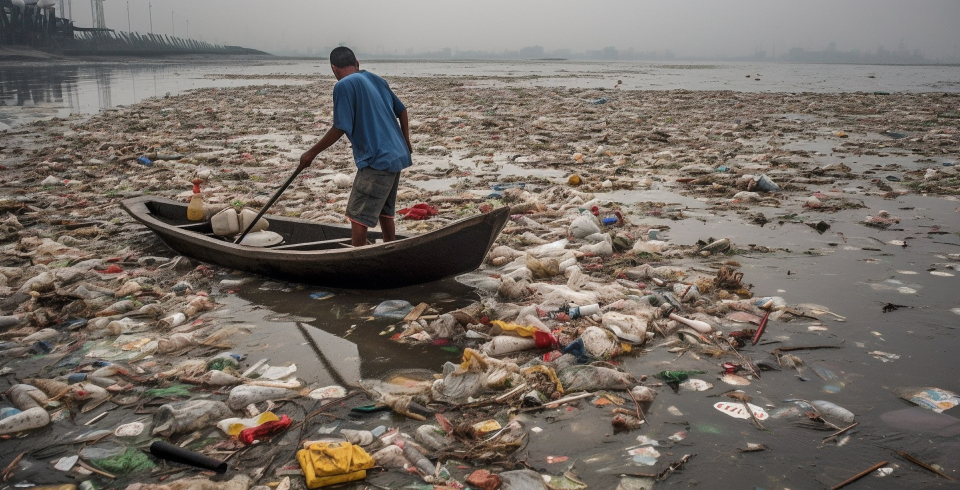
Water contamination is a severe and growing concern in India, posing substantial threats to health, agriculture, and the environment. With an increasing population and rapid industrialization, the nation’s water resources are under significant stress. Understanding the causes, impacts, and solutions to this crisis is crucial to addressing the problem effectively.
Causes of Water Contamination
Industrial Pollution: India’s industries are major contributors to water pollution, with untreated effluents often discharged into rivers and lakes. Heavy metals, chemicals, and toxins from factories compromise water quality and harm ecosystems.
Agricultural Runoff: India’s reliance on chemical fertilizers and pesticides leads to runoff into water bodies during rainfall. This agricultural discharge contaminates surface and groundwater with harmful nitrates and phosphates.
Urbanization and Untreated Waste: Rapid urban growth has outpaced waste management systems. Untreated sewage and solid waste from cities pollute nearby rivers and streams, making them unsuitable for drinking or irrigation.
Excessive Groundwater Extraction: India is among the largest consumers of groundwater globally. Overextraction not only depletes aquifers but also increases the risk of contamination with arsenic and fluoride.
Impacts of Water Contamination
Health Hazards: Contaminated water leads to widespread health issues, including waterborne diseases like cholera, diarrhea, typhoid, and hepatitis. Millions of people are affected annually, particularly in rural areas with limited access to clean water.
Economic and Agricultural Consequences: Polluted water reduces soil fertility, affecting crop yields and food security. It also forces industries and municipalities to invest heavily in water treatment facilities, increasing economic strain.
Ecological Damage: Toxic pollutants in water bodies degrade aquatic ecosystems, reducing biodiversity. Fish populations and other aquatic organisms suffer, disrupting food chains.
Solutions to Combat Water Contamination
India needs a multi-pronged approach to address its water crisis effectively:
Enforcing Regulations: Stringent enforcement of pollution control laws is essential. Industries must be held accountable for treating waste before discharge into water bodies.
Investing in Wastewater Management: Building robust wastewater treatment plants can significantly reduce contamination from urban and industrial waste. Recycling and reusing treated water should be prioritized.
Promoting Sustainable Practices: Organic farming techniques can help minimize chemical runoff. Encouraging crop diversification and reduced use of harmful fertilizers will mitigate contamination.
Community Awareness and Participation: Education campaigns to increase public awareness about water conservation and pollution prevention can drive grassroots efforts to protect water resources.
Government Programs: Initiatives like Namami Gange, which aims to rejuvenate the Ganges River, must expand their scope to address water contamination across the nation.
Conclusion
Water contamination is a pressing issue that affects millions in India. Immediate and collaborative action is vital to ensure safe and sustainable water resources for future generations. By addressing the root causes and implementing effective solutions, India can combat this crisis and pave the way for healthier communities and ecosystems. The fight against water contamination demands vigilance, innovation, and unity together, we can make a difference.


